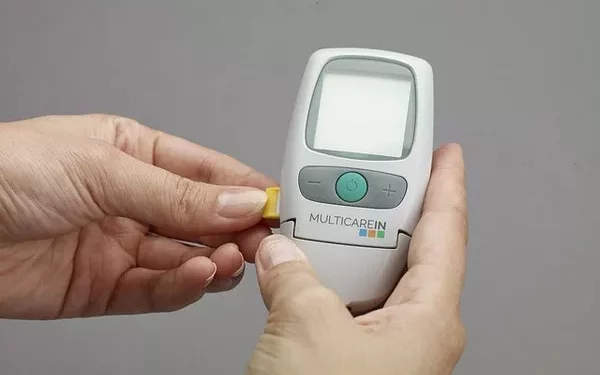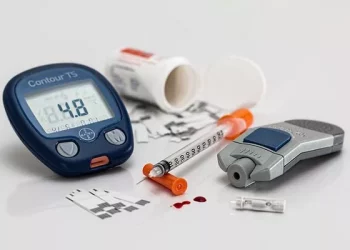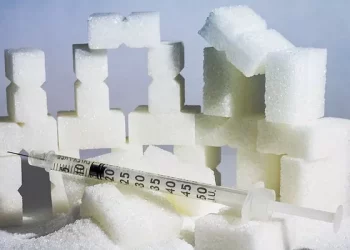A landmark clinical study has confirmed that copper-infused wound dressings developed in Israel are just as effective as the global gold standard in diabetic foot ulcer treatment—offering a significantly cheaper, simpler, and more comfortable alternative.
The three-year randomized controlled trial, spearheaded by Dr. Eyal Melamed of Rambam Health Care Campus in collaboration with Loyola University in Illinois, found that copper-based dressings matched the efficacy of Negative Pressure Wound Therapy (NPWT) in healing diabetic foot ulcers. Unlike NPWT, however, copper dressings were easier to apply, less painful for patients, and cost only a fraction—approximately one-seventh—of the conventional treatment.
“Our goal has always been to make advanced wound care accessible to everyone,” said Danny Lustiger, CEO of Herzliya-based MedCu Technologies, the company behind the innovation. “This clinical trial demonstrates that meaningful innovation can emerge from harnessing nature and smart science—not necessarily from costly technologies.”
A Potential Breakthrough for Global Diabetic Care
The findings, soon to be published in the journal Advances in Wound Care, could mark a turning point in diabetic foot care, particularly in regions where expensive medical equipment remains inaccessible. Diabetic foot ulcers are a leading cause of amputations worldwide and impose a substantial burden on patients and healthcare systems alike.
“This could be a genuine game-changer,” remarked Dr. Gadi Borkow, Chief Scientist at MedCu. “A solution that is simple, effective, and affordable, like copper dressings, brings real hope to millions.”
How Copper Heals
MedCu’s single-use wound dressings, cleared by both the FDA and CE, are embedded with copper oxide microparticles. Copper, a naturally antimicrobial mineral, has been scientifically proven to promote angiogenesis, collagen production, and tissue regeneration—critical processes in wound healing.
The clinical trial employed state-of-the-art 3D AI imaging to compare the performance of copper dressings with NPWT, ensuring objective analysis in accordance with Good Clinical Practice (GCP) standards. Results showed that copper dressings not only matched NPWT in wound closure rates but also offered added benefits: reduced infection risk, greater ease of use, and improved patient comfort.
Global Reach and Market Potential
MedCu’s copper dressings are already in distribution worldwide and are available in Israel through major healthcare providers including Maccabi, Clalit, Meuhedet, and Leumit. With the global wound care market valued at over $30 billion, the company envisions its copper-based technology becoming a pivotal solution in affordable wound management.
As diabetic foot ulcers continue to challenge healthcare systems across the globe, innovations like MedCu’s copper dressings could usher in a new era of accessible and effective care.
Related topics:
Personalised Diabetes Care Improves Surgical Outcomes and Patient Confidence
Breakthrough T1D Seeks Proposals to Advance Genetic Risk Tools for Type 1 Diabetes


























